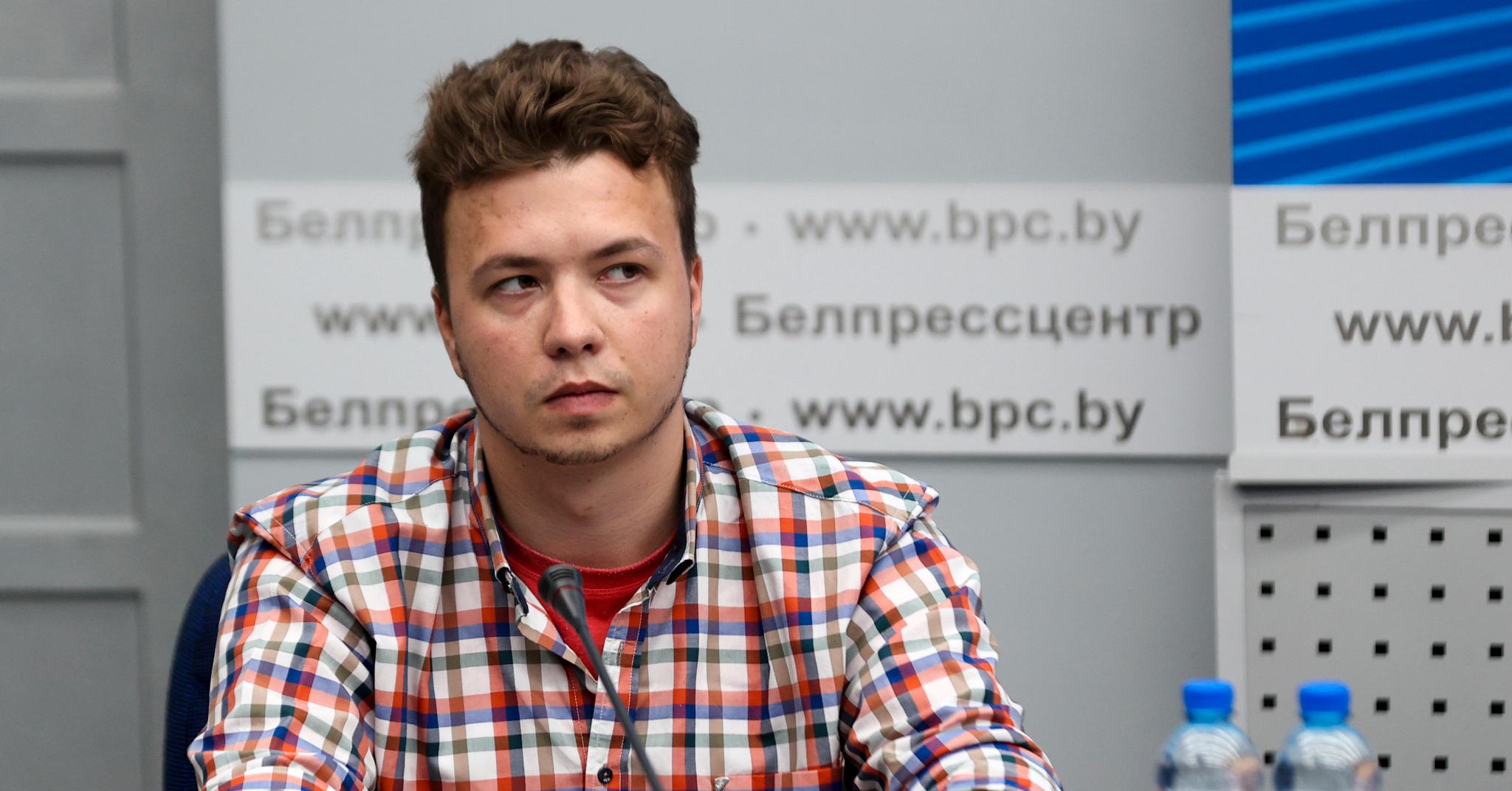Those who have had cancer as a child are twice as likely to be hospitalized later in life. This is the conclusion of a study among more than 5,500 Dutch people who survived cancer as children (between 1963 and 2002). According to PhD student and pediatrician Nina Streefkerk, this is the first time in the Netherlands that so many former patients have been examined to see how often they are admitted, and with what diagnosis.
Streefkerk compared their medical data with those of more than 100,000 people who have not had cancer. In any given year, there are approximately 178 admissions per 1,000 people in the group of old cancer patients. In the control group, there are about 78 per 1000.
It was already known that the risk of certain disorders is greater after childhood cancer treatment. The therapy is often aimed at destroying rapidly dividing (tumor) cells. Because children are growing, they also have many other rapidly dividing cells that suffer. Moreover, they still have a life ahead of them, which increases the chance that sooner or later the consequences of the treatment will appear.
More frequent hormone problems and new tumors
Disorders of the endocrine system in particular are more common, according to the study, which is part of a larger national study led by the Princess Máxima Center. Sometimes, for example, the thyroid gland fails later in life, which can lead to fatigue, weight gain and all kinds of other complaints. Survivors of childhood cancer also develop new tumors relatively often, although according to the researcher it is not certain that this is a result of the treatment. Predisposition could also play a role.
Finally, those who survive cancer also end up in hospital more often without doctors being able to make a diagnosis. Why this is, needs to be further investigated, says Streefkerk. Some of the recordings may not be necessary. “It could be that this group of patients or their caregivers are more concerned, or that doctors sometimes lack the expertise to make the correct diagnosis in this group.”
The pediatrician in training advises doctors to consult the Princess Máxima Center in Utrecht more often. This not only specializes in the treatment of cancer in children, but also in its later effects in adults. Every year around 550 children are diagnosed with cancer. The five-year survival rate has increased considerably in recent decades, and is now around 80 percent.
The damage is probably smaller in younger patients
The treatment of childhood cancer has become much more precise over the years. “In the 1960s, the entire skull was sometimes irradiated,” says Streefkerk. Even with many chemotherapy, the dose has often been reduced over the years. Younger generations of old patients probably experience fewer adverse effects than older ones, but this was not established in this study, as the groups per generation are too small for that.
Streefkerk hopes that her research can help doctors to recognize certain late effects of childhood cancer in time and to improve the treatment of children with cancer. One therapy leads to more late effects than the other. “It would be great if we could predict exactly in advance which group should take into account, for example, heart failure later in life with which therapy.”
Read also:
The survival rate for rare cancers must be increased, but how?
The chances of survival are considerably lower for rare cancers than for common cancers. How did that happen?
2023-05-26 13:49:58
#cancer #child #hospital


